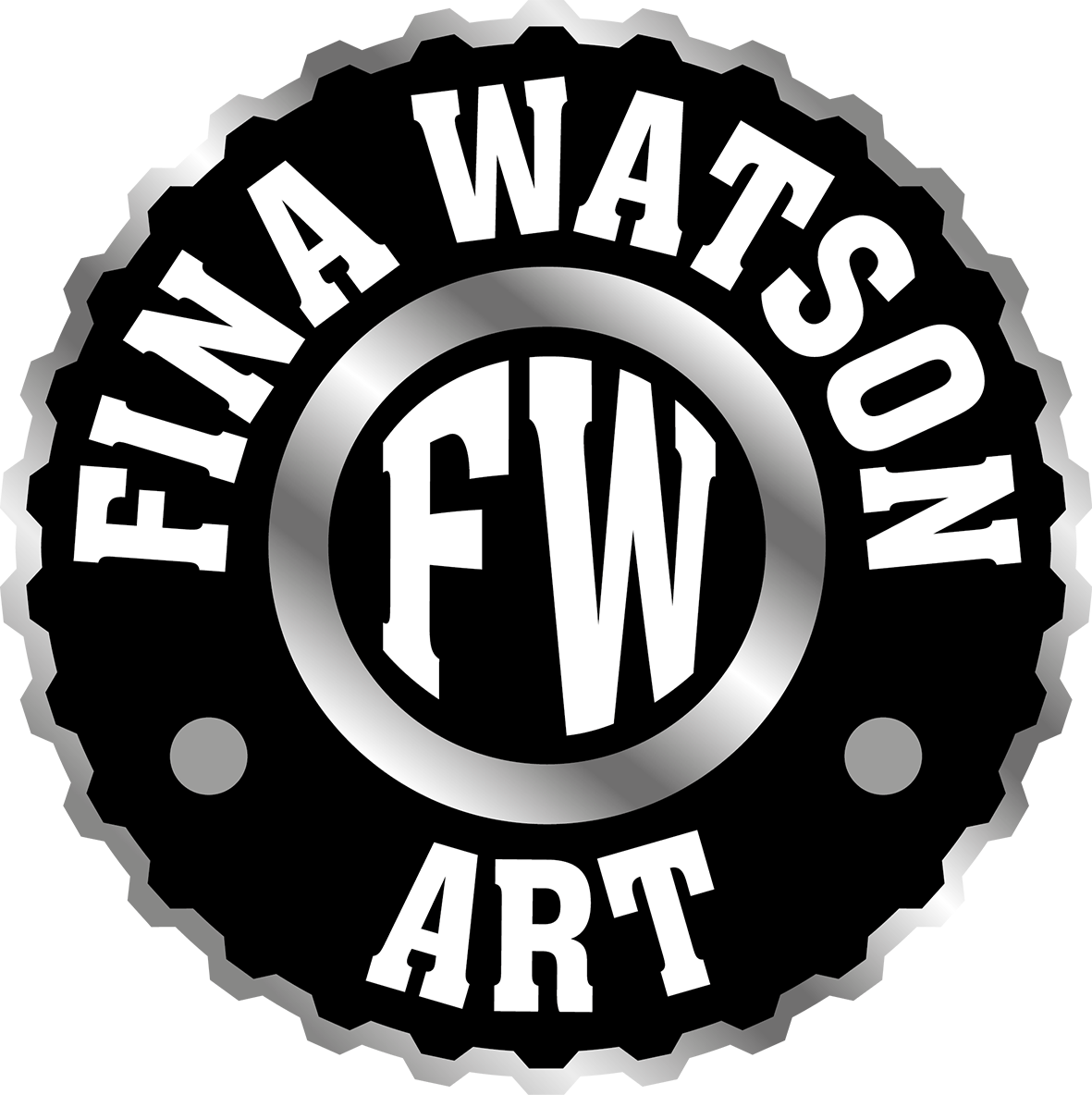About speedway bikes
Speedway bikes are a simple beast in comparison to other motorcycles you may have seen or even ridden.
There are no gears, no brakes. Just a dry clutch and a throttle. They run on methanol fuel, powering an engine that can reach 60 mph in less than 3 seconds. It really is that simple.
You may then be thinking ‘what’s there to change?’ when you hear riders mention set ups in interviews or general chit chat.
There are components on the bike which can be adjusted in the pits between heats to change the performance of the bike. Even the slightest change makes the bike react differently.
The main changes are:
Sprockets (gearing)
Wheel base (wheel positions)
Clutch (tight/loose)
Ignition timing (how hard the engine works)
Speedway bikes run on a single gear, so the gearing you choose, you are stuck with for the heat. Gearing can be adjusted by changing the size of the sprocket on the rear wheel or in some cases, the engine sprocket. The basic principle is the bigger the sprocket, the quicker the bike accelerates but the lower the top end speed. The smaller the sprocket, the slower the build-up in speed but the faster the bike will ride. For example, if you were riding a small, flat, tight track like Eastbourne, you would want a bigger sprocket because you want fast acceleration coming off the bends which scrub off speed, but don’t want to drive too hard so you can still turn. If you went to a big wide-open track like Belle Vue where the bends are wide, you’d ride a smaller sprocket so you can reach a high top end speed. That’s the basic concept, but in practice it can be a headache as other factors come in.
The wheelbase is where the back wheel is positioned in the frame. It’s only a 2inch difference but it has one of the biggest impacts on the bike. It shifts the centre of gravity and affects the drive the bike has. If the bike is short, it dives harder. It’s quick but harder to ride. If the bike is long, there’s less drive but it’s a much easier ride. Deciding how to position the wheel could depend on a few factors but the main one would be track shape/surface. If the track is slick and big, you may want to shorten the bike to get speed. If the track is rough and tough to ride, a longer bike will help offer more control but reduce the bike's forward drive.
The clutch is a dry clutch. You will see mechanics working on them after a practice start by the pit gate. The mechanics in this instance are tightening/loosening the clutch springs by half turns, to change the way the clutch/bike responds to the clutch being dropped. Starts are crucial in speedway and the grid is prepared differently from track to track. A tight clutch will get you a strong jump which is perfect on a slick track. If the track is grippy, you may want to loosen up the clutch, so the bike isn’t jumping up and losing control. Take it from experience, it hurts to flip the bike! Each rider is looking for different feels with the clutch and experience will help a rider gauge what they want for each track.
Finally, the engine ignition. The timing effectively decides how hard the engine will work (in very simple terms). Move the ignition timing forward, and you slow the engine. Move it back and you provide more revs. Again, riders will decide this based on a variety of factors. Surface, track shape & size. You don’t want the engine over-revving on a tight, narrow track, but you don’t want it to ride flat on a bike open track. It again comes back to control.
Getting a set up requires experience and knowledge. Even the pro’s get it wrong as they explore everything to get the bike performing at its peak.

